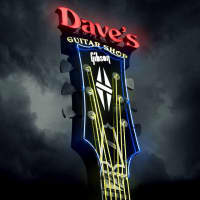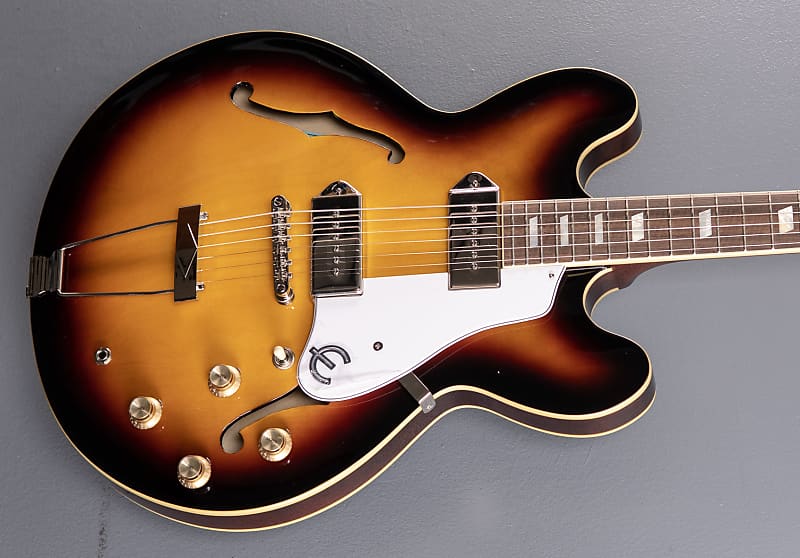

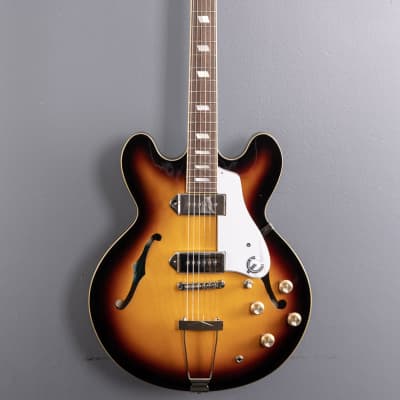
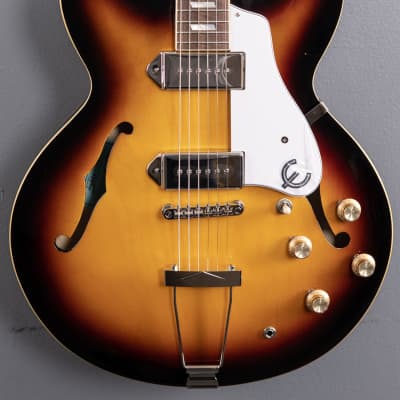
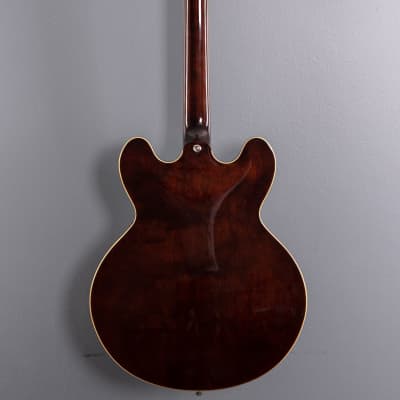
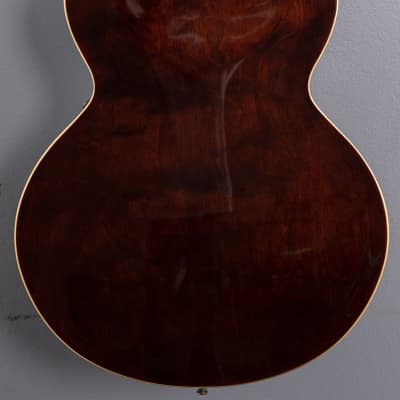
From Epiphone:
"Since 1961, the legendary Casino™ has been Epiphone’s best-selling archtop and a rock ‘n’ roll standard. First introduced in 1961, the Casino was just one of several new thinline archtops designed and produced at the company’s adopted new factory in Kalamazoo, Michigan that it shared with one-time competitor and new partner, Gibson. The Casino was adopted by Keith Richards of The Rolling Stones who used a Casino to record the demo for “Satisfaction” at Chess Records in Chicago. Howlin' Wolf took a Casino on his first tour of the UK, appearing on Thank Your Lucky Stars. Shortly afterward, John Lennon and George Harrison bought Casinos for the Beatles' 1966 world tour. Featuring Dogear PRO P-90 pickups and a 5-ply maple body. Available in Natural and Vintage Sunburst."
Natural, Hollow 5-ply layered Maple body, Slim taper 60's C shaped Mahogany neck, Bound 12” radius Indian Laurel fingerboard with the pearloid parallelogram inlays and medium jumbo frets, 24.75" scale length, 1.692" nut width, Epiphone Pro Dogear P-90 bridge and neck pickups, 3-way toggle switching with the volume and tone controls for each pickup, Epiphone LockTone tune-o-matic bridge and the diamond trapeze tailpiece, Epiphone vintage deluxe tuners, 7.0 pounds, With gig bag
Reverb Buyer Protection
Reverb has your back if your item is lost, damaged, or doesn't match its description. Simply report any issues within 7 days and we'll help you get a full refund.Learn more about Reverb Buyer Protection.
| Condition | Brand New (New) Brand New items are sold by an authorized dealer or original builder and include all original packaging.Learn more |
| Brand | |
| Model |
|
